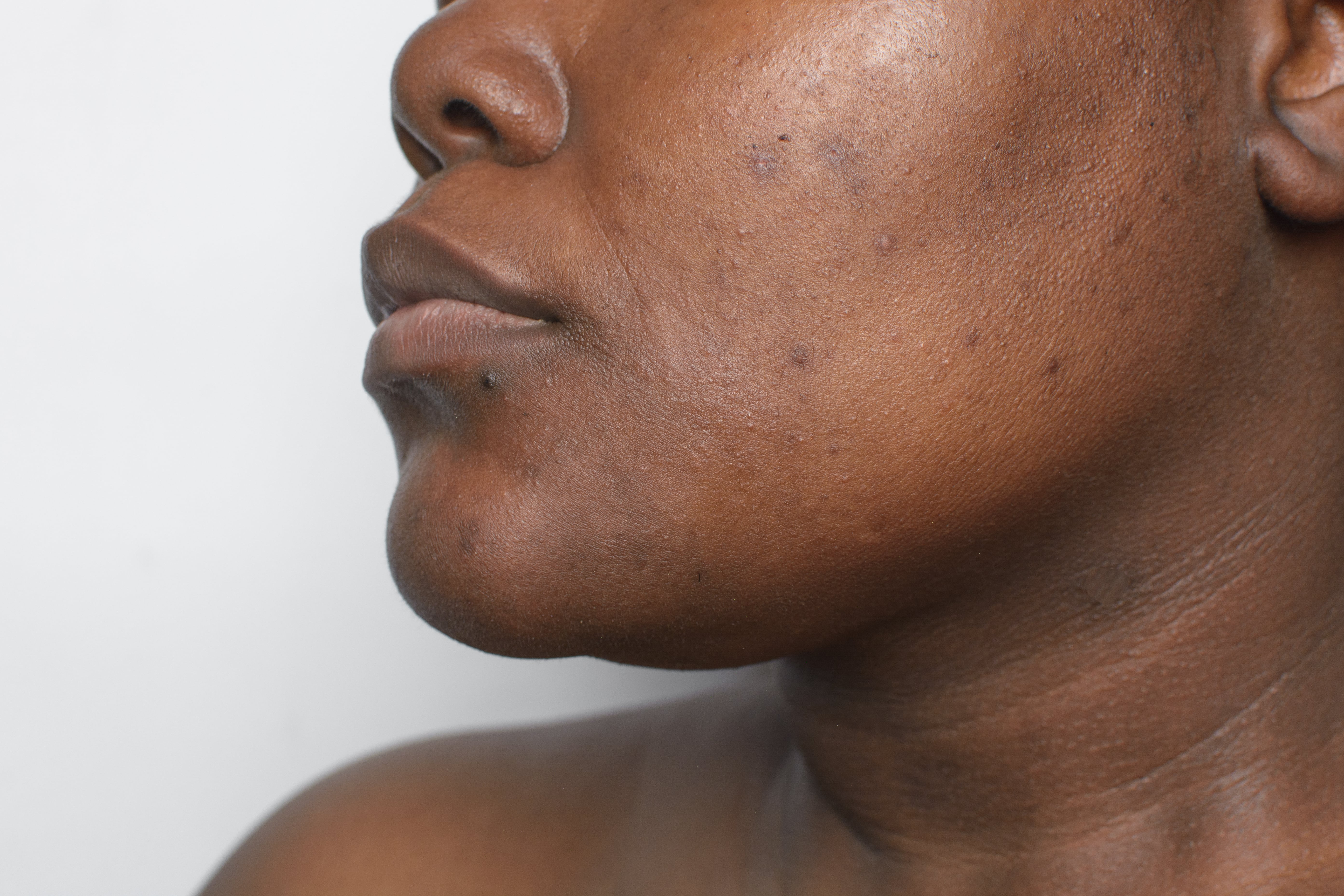Hyperpigmentation is a common skin concern that occurs when patches of skin become darker than the surrounding area. This condition can result from sun exposure, acne, hormonal changes, or inflammation. Uneven skin tone caused by hyperpigmentation can impact confidence and make the skin appear aged or unhealthy. Fortunately, modern hyperpigmentation treatments are highly effective at restoring a smooth, even complexion.
Understanding Hyperpigmentation
Hyperpigmentation occurs due to an overproduction of melanin, the pigment responsible for skin color. Common types include sun spots, melasma, and post-inflammatory hyperpigmentation, often triggered by acne or skin injuries. While hyperpigmentation is not harmful, it can be persistent and challenging to treat without professional care.
Topical Treatments for Mild Hyperpigmentation
Topical treatments are often the first step in managing hyperpigmentation. Ingredients like hydroquinone, retinoids, vitamin C, and niacinamide help to lighten dark spots and promote even skin tone. These products work by inhibiting melanin production, accelerating cell turnover, and protecting the skin from further damage.
Regular use of sunscreen is also crucial when addressing hyperpigmentation. Sun exposure can worsen existing pigmentation and negate the effects of treatment. Combining topical treatments with daily sun protection helps maintain results over time.
Chemical Peels for Deeper Pigmentation
Chemical peels are professional treatments that use acids to exfoliate the skin, removing the top layers that contain excess pigment. Superficial to medium-depth peels are effective for mild to moderate hyperpigmentation.
Patients typically notice improvement in skin texture and tone after a series of treatments. Peels stimulate new skin growth and encourage even distribution of pigment, resulting in a brighter and smoother complexion.
Laser and Light-Based Treatments
Advanced laser therapies target hyperpigmented areas by breaking down melanin into smaller particles, which are then naturally eliminated by the body. Fractional lasers, Q-switched lasers, and intense pulsed light (IPL) treatments are commonly used to treat stubborn pigmentation, including melasma and sun-induced spots.
Laser treatments are precise and can improve pigmentation without affecting surrounding skin. Multiple sessions may be required for optimal results, and combining lasers with topical maintenance treatments enhances the long-term benefits.
Microneedling with PRP
Microneedling combined with platelet-rich plasma (PRP) therapy can also help improve hyperpigmentation. Microneedling stimulates collagen production and enhances skin texture, while PRP supports natural healing and helps reduce pigmentation irregularities. This combination is particularly effective for post-inflammatory hyperpigmentation caused by acne.
Choosing the Right Treatment
The best hyperpigmentation treatment depends on skin type, the cause of pigmentation, and severity. A personalized assessment by a skincare professional ensures that the chosen method is both safe and effective. Often, a combination of topical treatments, chemical peels, and laser therapy produces the most noticeable results.
Call to Action
Restore an even, radiant complexion with professional Hyperpigmentation Treatment In San Diego, CA. Contact CGO Med Aesthetics today to schedule a consultation and find the best treatment plan for your skin.

